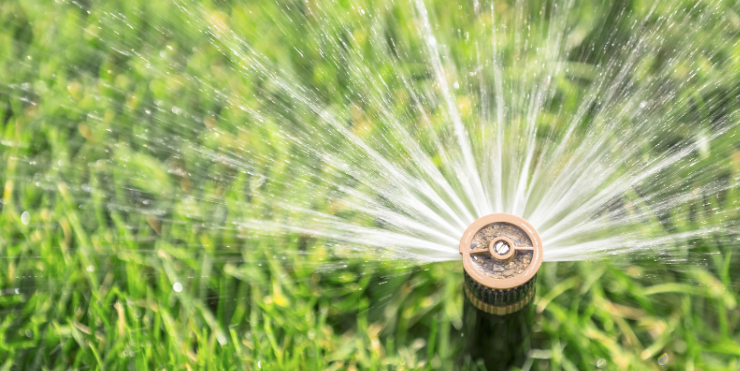It appears to be very easy to water the garden. You turn on the hose, spray water around, and you are done. Right? Not really.
Evaporation and water runoff in scorching weather dry mean your plants are not getting enough water.
To keep plants healthy, water them deeply so the water gets to the roots. Your flowers appreciate each refreshing drink, and when properly watered, you save money.
Click here to contact landscaping overland park.
Types of Watering Systems:
Watering by hand is extremely common, and since it is manual, also very time-consuming.
Soaker hoses minimize evaporation and runoff after slowly releasing and delivering the correct amount of water to flower roots while keeping foliage dry. Turn them on by hand or perhaps with a timer.
Sprinklers with timers automatically deliver the correct amount of water and are actually mobile.
Drip irrigation systems apply nutrients and water directly to plants’ origins at a controlled, automated rate, which conserves water and saves you money.
For individuals who prefer their watering systems hidden, underground drip irrigation systems are actually perfect.
Water by Hand Held Hose:
Water at the start of the morning.
2. Concentrate on the origins of the plant. Wetting the foliage is actually a waste of water and will result in disease. If you get water on the leaves, they will have some time to dry out during the heat of the day.
3. Give your garden approximately 1″ of water a week. Place a rain gauge in an open spot to track rainfall.
4. To check whether your plants are actually getting a sufficient amount of water, use a trowel to dig into the dirt while being careful not to injure the roots. The soil must be moist 4″ 6″ down.
Water with a Soaker Hose:
Place the soaker hose directly on top of the soil within 1″ 2″ of the plants of yours.
2. Prevent kinking by pinning your soaker hoses with U-shaped metal landscape pins.
3. Cover the soaker hose with mulch to hide it and retain water.
4. Water for thirty minutes and check. Water should seep down 8″ 12″ into the soil, but not puddle.
5. Add an electric timer to regulate water scheduling for convenience, and be sure you do not forget to change it on and off. A rain or moisture sensor will stop it from coming on when you do not have water.
Water with Timed Sprinklers:
Water at the start of the morning, so the foliage has time to dry out during the day.
2. To understand how long to set the timer, mark 1″ on an empty can and place it in the garden of yours. Note the time, and turn the sprinkler on. When the water fills up to the 1″ mark, turn the sprinkler off and check the time once again. Now set the timer of yours.
3. Add moisture or perhaps a rain sensor, so sprinklers are not on when it is raining.
Water with a Drip Irrigation System:
Installing the drip irrigation system of yours with a DIY kit is probably the best choice.
2. Check with your Garden Center associate for the drip irrigation system that meets the unique needs and follows the directions.
Click here to know more about irrigation management.

